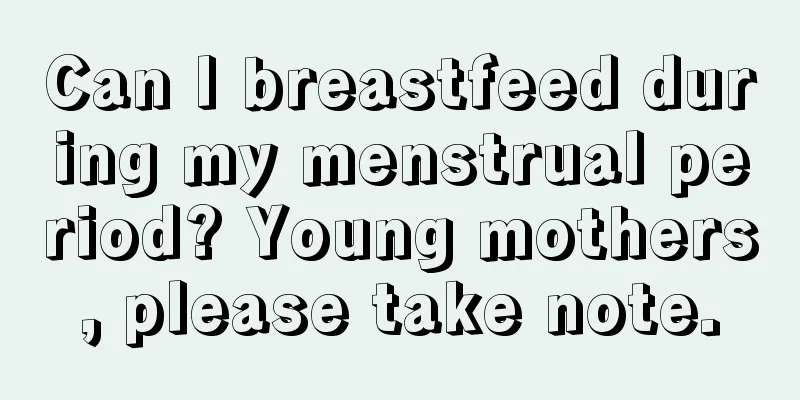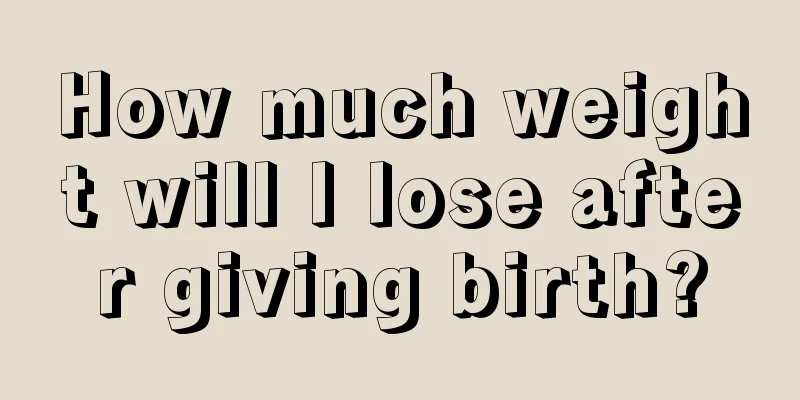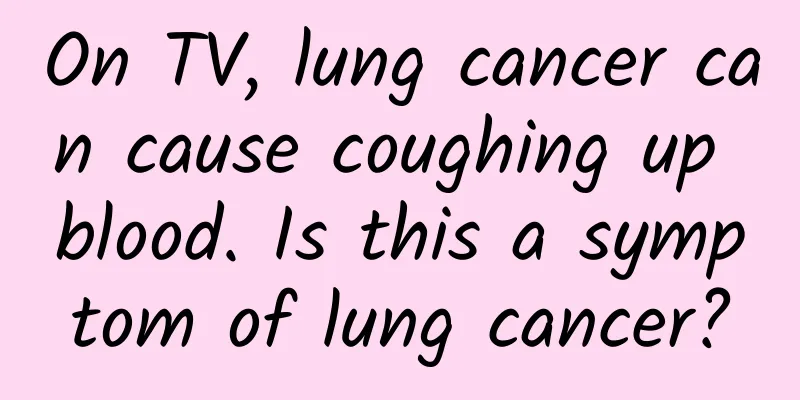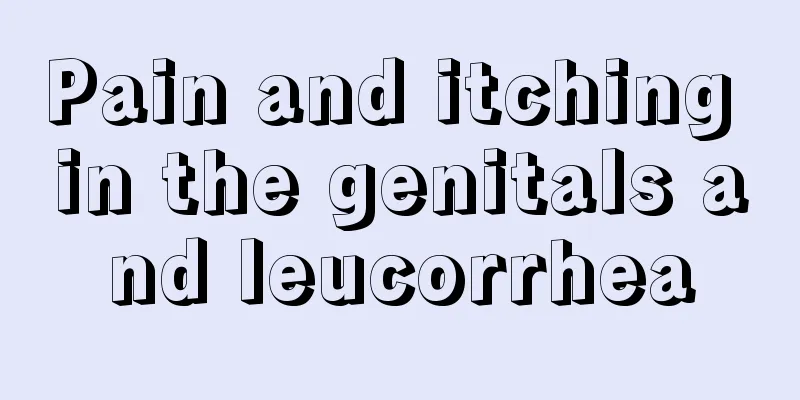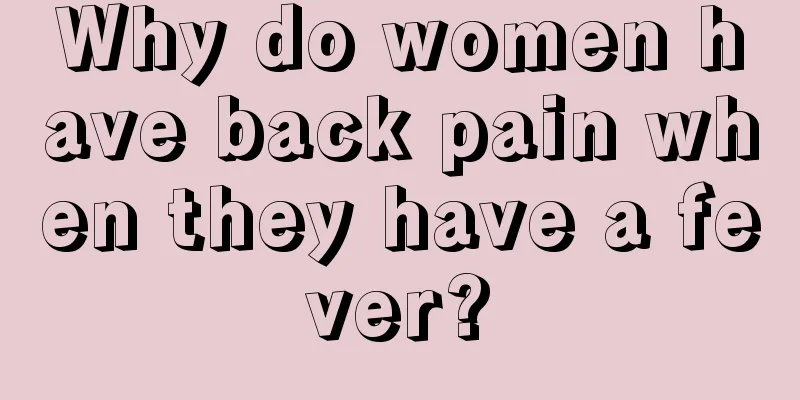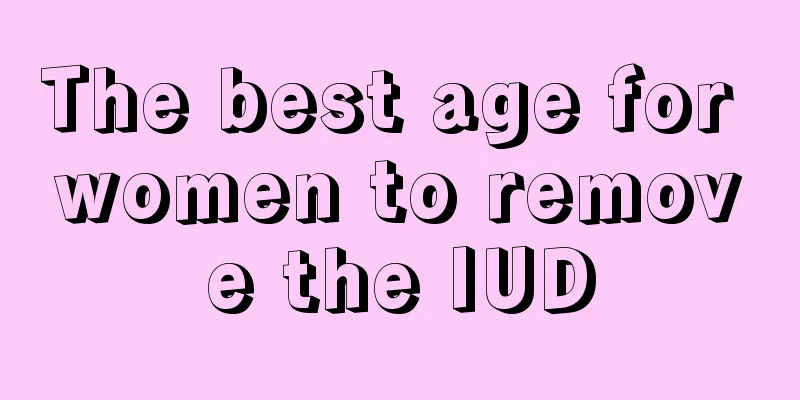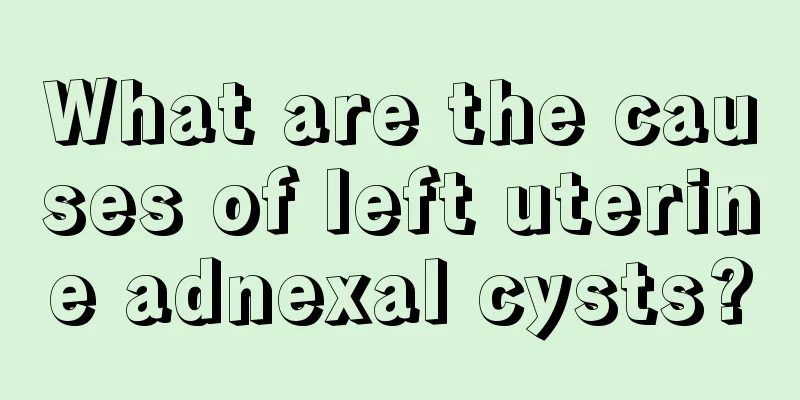What is the effect of interventional treatment for uterine fibroids?
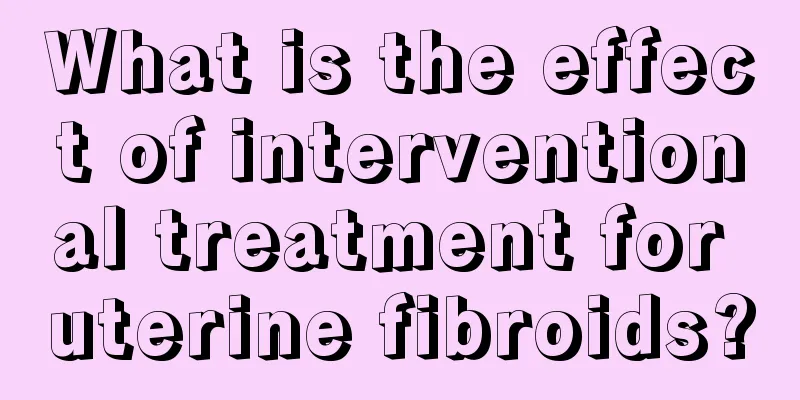
|
Uterine fibroids are a gynecological disease that is very common in women. Although it is a benign tumor, it still has a very serious impact on women's health. Patients are very concerned about the treatment methods of uterine fibroids. Among various treatment measures, many hospitals strongly advocate interventional treatments. So, what is the effect of interventional treatment of uterine fibroids? Let’s take a closer look at it below. Uterine fibroids are the most common benign tumor in the female reproductive organs. They are formed by the proliferation of uterine smooth muscle tissue with a small amount of fibrous connective tissue in between. About 25%-30% of women of childbearing age have uterine fibroids, with pelvic mass, menorrhagia and secondary anemia as the main symptoms. As this common gynecological disease, there are many treatments, such as surgical removal of the hysterectomy, laparoscopic myoma removal, drug therapy and interventional therapy. However, hysterectomy is not easily accepted by infertile or young women, and the recurrence rate of laparoscopic myomectomy is as high as 20%-25%. The efficacy of drug treatment for uterine fibroids is not ideal and has many side effects. Interventional treatment of uterine fibroids is different. It is understood that this is an emerging treatment method in recent years. It is effective and there is no possibility of recurrence. Interventional therapy does not require surgery. It only requires inserting a thin needle through the skin at the base of the thigh, introducing a catheter with a diameter of about 1.5 mm into the blood vessel, and sending the catheter directly to the blood vessels supplying the uterine fibroids. An appropriate amount of embolic agent is injected to block the blood vessels supplying the fibroids. The tumor undergoes ischemic necrosis and gradually shrinks until it disappears. In other words, it "starves" the fibroids by embolizing the fibroids' blood vessels and cutting off their nutrition (blood supply), causing them to be absorbed and disappear. This treatment method does not leave wounds on the body surface and only treats the lesions, avoiding surgical trauma and postoperative scars, does not affect the structure of internal organs, does not damage the reproductive organs, has small side effects, preserves the uterus and normal physiological functions, and avoids problems such as premature aging of women caused by hysterectomy. In addition, in the interventional treatment of gynecological diseases, in addition to uterine fibroids, it can also be used for adenomyosis, functional postpartum hemorrhage, ectopic pregnancy and salpingography. The above is an introduction to the effectiveness of interventional treatment of uterine fibroids. I hope it will be helpful to everyone’s understanding. There are many ways to treat uterine fibroids. When treating, you cannot blindly choose the treatment method. The key is to choose a method that suits you, carry out targeted treatment, and take daily care measures, so that you can better treat this disease. |
<<: What are the causes of uterine fibroids?
>>: What are the indications for uterine fibroid surgery?
Recommend
Will abortion lead to infertility?
Everyone knows that many women are prone to unexp...
What fruits can you eat during early pregnancy?
During pregnancy, you can eat any fruit except re...
Should I use cold or hot compress to block the milk?
During breastfeeding, many mothers encounter prob...
What is vulvar pruritus?
Women's bodies are most susceptible to bacter...
Anal swelling after episiotomy
Many people give birth naturally, but some women ...
Can I drink Houttuynia cordata boiled water every day? What will happen if I drink Houttuynia cordata boiled water every day?
We all know that Houttuynia cordata is a common f...
Why does my chest hurt during my period?
Most women will always feel breast pain a few day...
30-year-old woman with endocrine disorders
After women turn 25, their health starts to decli...
Can I go hiking during menstruation?
People's physical fitness varies from person ...
At what age does a woman's breasts develop?
For women, having a proud figure is everyone'...
The benefits of Houttuynia cordata on gynecology
Houttuynia cordata is widely used at this stage. ...
Why does vaginal dryness occur after menstruation?
We all know that women have a physiological cycle...
How much does it cost to test ovulation with B-ultrasound?
Ovulation is a physiological phenomenon that occu...
How long does it take for a woman to get pregnant after removing the IUD?
How long does it take for a woman to get pregnant...
How to solve the odor of girls' private parts
Many people will have questions about how to solv...
